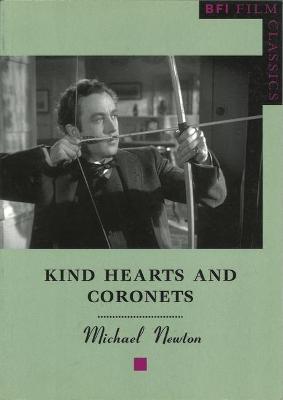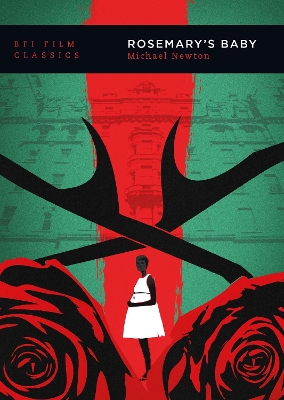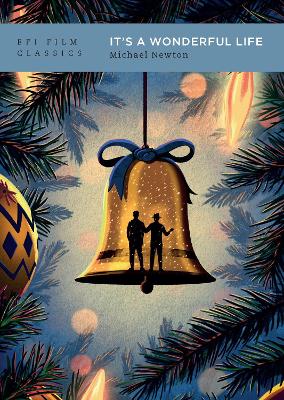BFI Film Classics
3 total works
Newton's close textual analysis explores the film's meanings and resonances, and, looking beyond the film itself, he examines its reception and cultural impact, and its afterlife, in which Rosemary's Baby has become linked with the terrible murder of Polanski's wife and unborn child by members of the Manson cult, and with controversies surrounding the director.
Frank Capra's It's a Wonderful Life is one of the best-loved films of Classical Hollywood cinema, a story of despair and redemption in the aftermath of war that is one of the central movies of the 1940s, and a key text in America’s understanding of itself. This is a film that remains relevant to our own anxieties and yearnings, to all the contradictions of ordinary life, while also enacting for us the quintessence of the classic Hollywood aesthetic. Nostalgia, humour, and a tough resilience weave themselves through this movie, intertwining it with the fraught cultural moment of the end of World War II that saw its birth. It offers a still compelling merging of fantasy and realism that was utterly unique when it was first released, and has rarely been matched since.
Michael Newton's study of the film investigates the source of its extraordinary power and its long-lasting impact. He begins by introducing the key figures in the movie’s production - notably director Frank Capra and star James Stewart - and traces the making of the film, and then provides a brief synopsis of the film, considering its aesthetic processes and procedures, touching on all those things that make it such an astonishing film. Newton's careful analysis explores all those aspects of the film that are fundamental to our understanding of it, particularly the way in which the film brings tragedy and comedy together. Finally, Newton tells the story of the film’s reception and afterlife, accounting for its initial relative failure and its subsequent immense popularity.


